Winters during 19th century New York were so cold, the East River froze over
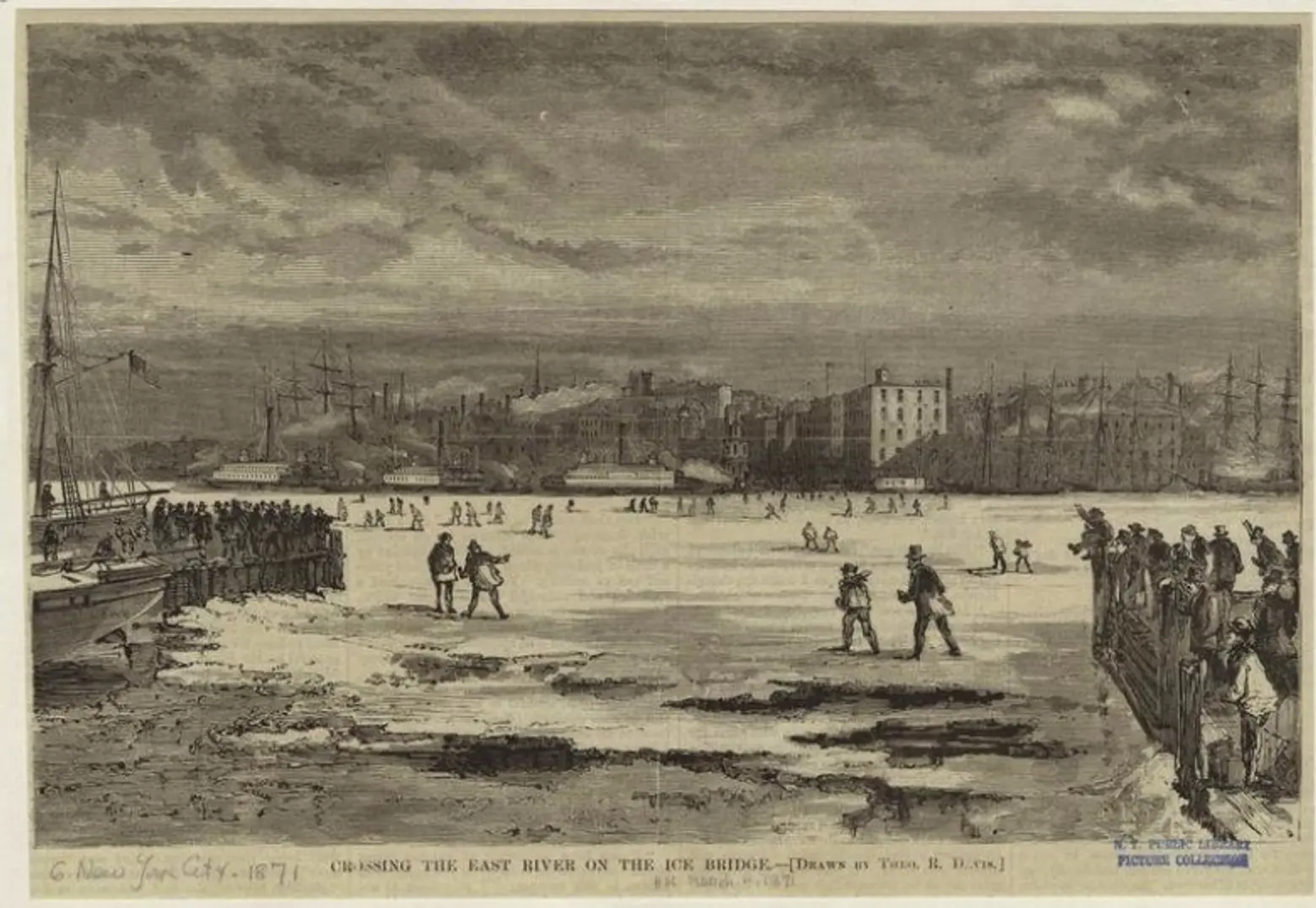
Crossing the East River on the ice bridge (1871) via NYPL
While New York City is getting hit by a blast of arctic temperatures this week, New Yorkers of the mid- and late-1800s experienced even colder conditions. During the 19th century, the East River froze over at least seven times, shutting down the Brooklyn Bridge and preventing any ferries from crossing over. But, like today’s New Yorkers, the frozen river never stopped commuters from reaching their destinations. Instead of staying home, people would walk across the frozen East River, skating and slipping along their way.
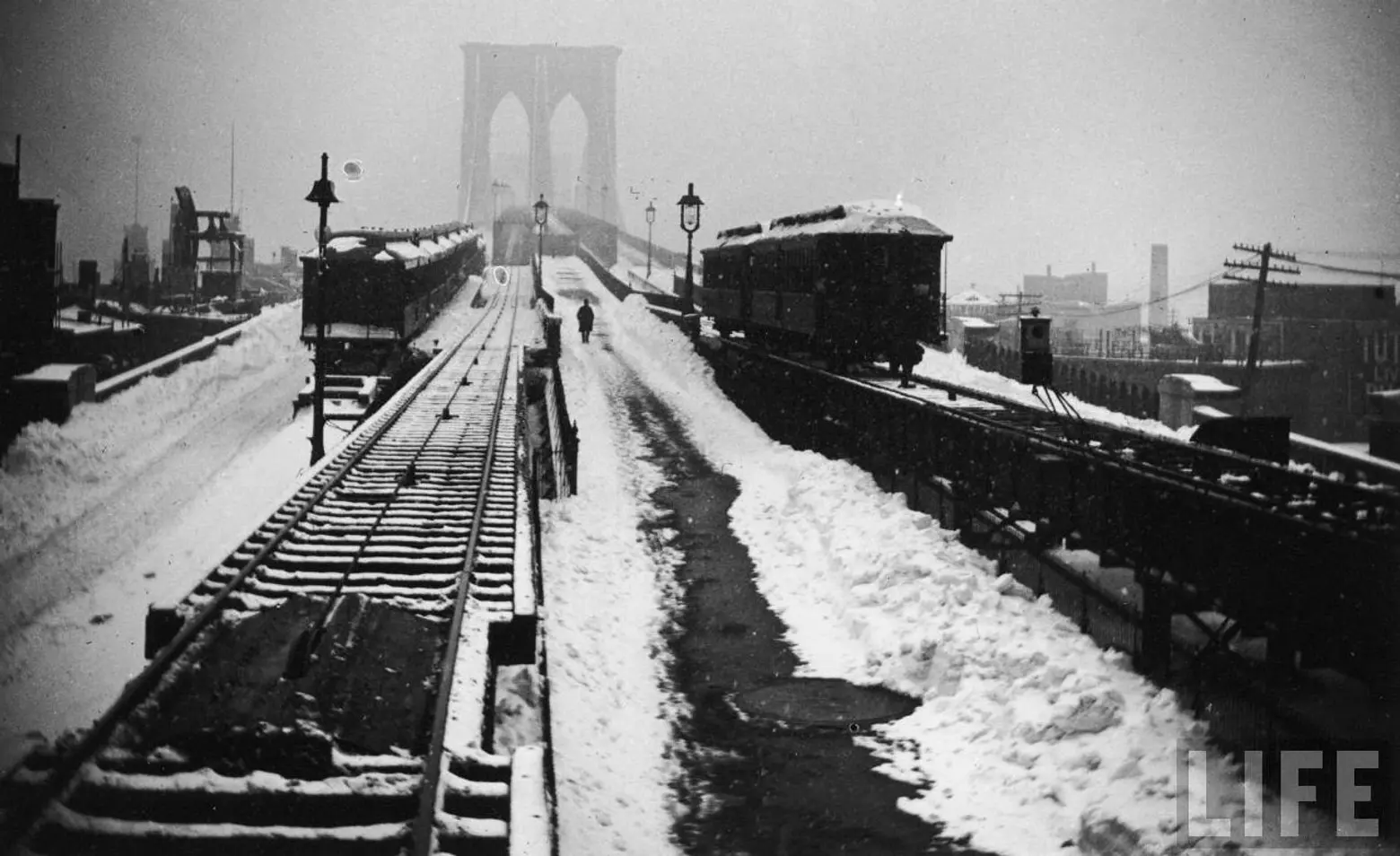
The Brooklyn Bridge during the 1888 blizzard, LIFE Photo Archive, via Wikimedia
The 1850s proved to be a particularly cold decade in the city, as the East River reportedly froze over four times in 10 years. In January 1851, the river turned to ice and was closed to ships. However, because it was frozen solid, creating an “ice bridge,” passengers and horses and sleighs were able to cross the river safely to the other side. It is estimated 15,000 people skated over that day.
According to a New York Times article from 1888, another ice bridge formed in 1857 on the East River “between Fulton and Wall Street ferry slips on this side over to the Brooklyn piers opposite.” When the ice started to melt, breaking up the bridge, a number of people making the journey became stuck on sheets of ice and had to be rescued.
During four frigid days in February 1875, the East River once again became a fun, but dangerous, adventure. The super cold temperatures that week even froze over Kill von Kull, the tidal strait between Staten Island and NJ, and the Hudson River.
It was not until a massive blizzard hit New York in 1888, which covered Central Park with 16.5 inches of snow in one day, that the East River became solid again from an “immense floe” from the Hudson River. “At the turn of the tide it floated up past the Battery into the East River, where it got jammed between the shores of Manhattan Island and Long Island, filling the river from Wall-street to the bridge on the New York side and from Fulton Street to Hamilton Avenue on the Brooklyn Side,” the Times wrote.
RELATED:
Interested in similar content?
Leave a reply
Your email address will not be published.
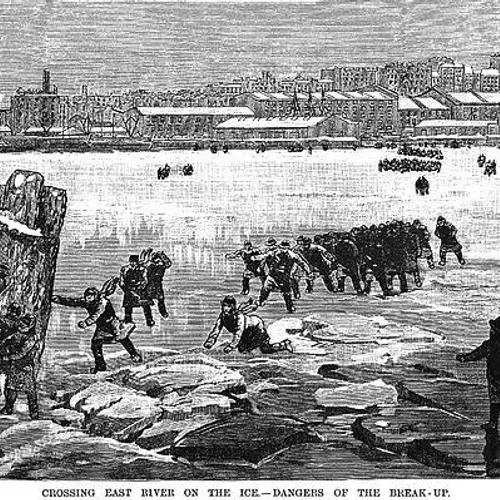
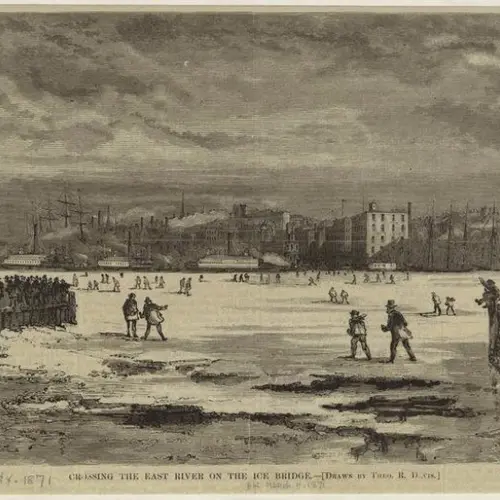
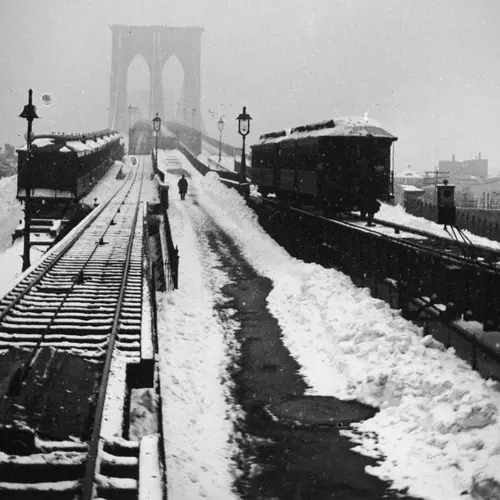











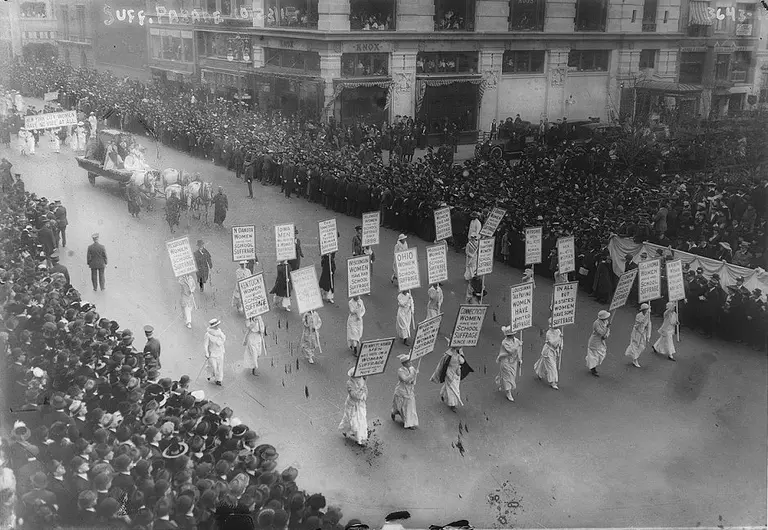




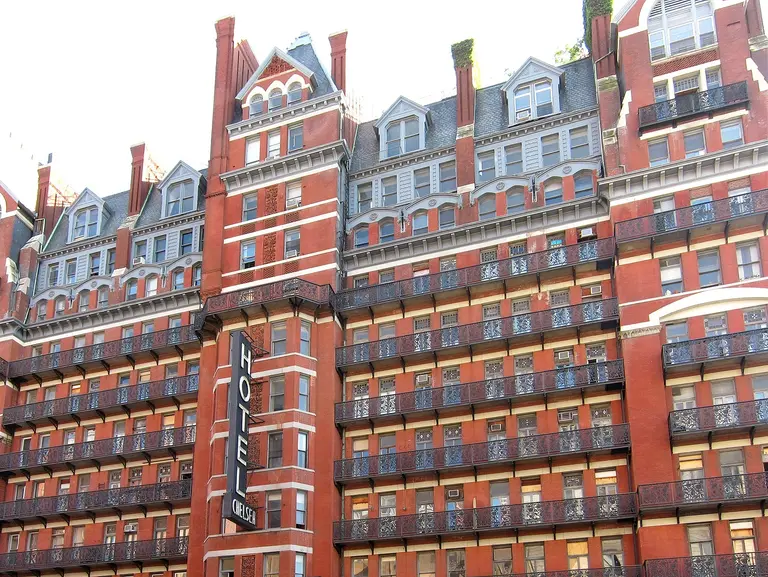












Grew up in Ny and never knew this!! So interesting! Thank you.